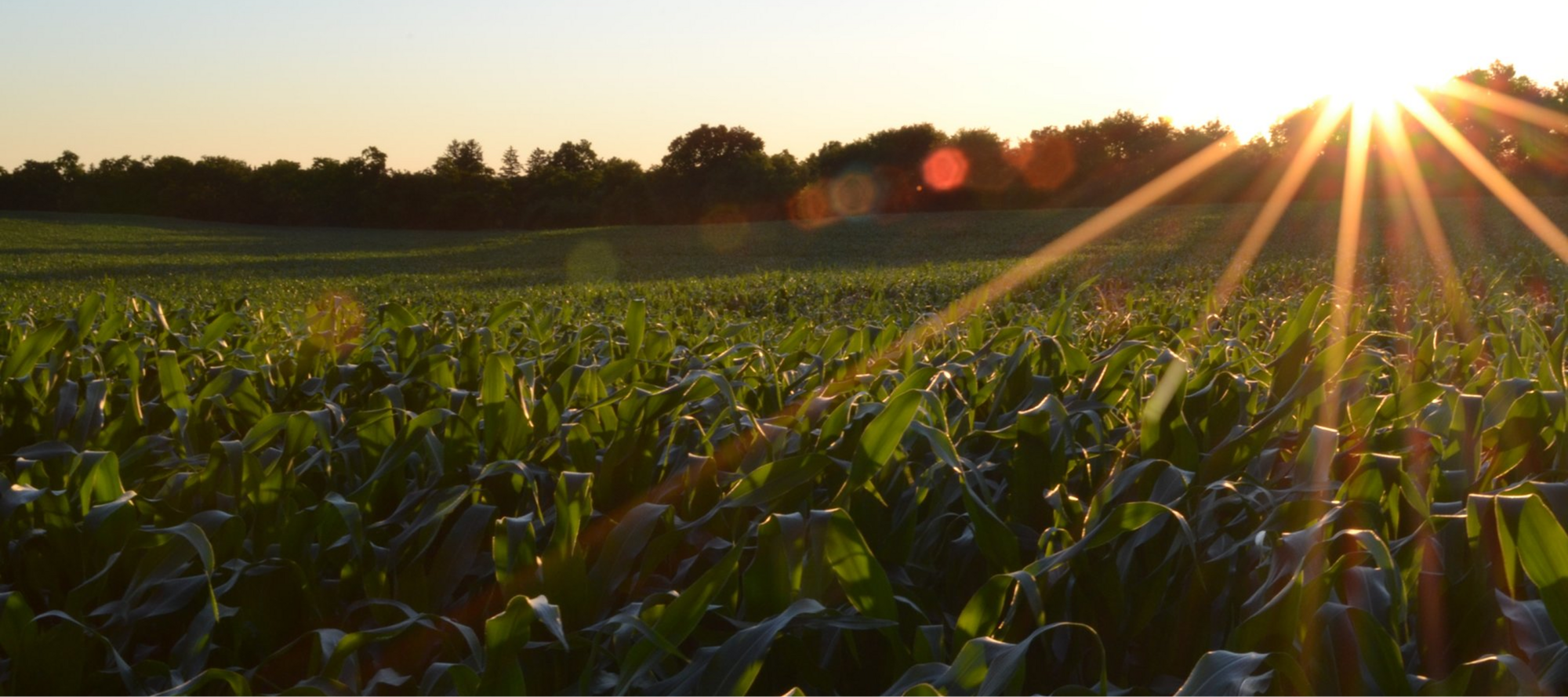
The History and Challenges of Superabsorbent Polymers
From Innovation to Sustainability: The Evolution of Superabsorbent Polymers
March 11, 2025
3 minutes
Hygiene
By Sierra Cotton
Blog - The History and Challenges of Superabsorbent Polymers
Introduction
Superabsorbent polymers (SAP) are high-performance chemicals capable of absorbing and retaining large amounts of liquid. Found in hygiene products like diapers, adult incontinence pads, period care products, and other non-hygiene applications, superabsorbent polymers play a critical role in improving daily life. However, while these materials provide undeniable benefits, their environmental impact is a growing concern.
The History of Superabsorbent Polymers
Early Beginnings
The U.S. Department of Agriculture first developed superabsorbent polymers in the 1960s to explore new applications for excess corn starch. By the late 1970s, these materials were commercialized for various markets, such as hygiene products. Due to their superior absorbency and retention, they steadily replaced cellulose-based absorbents.
Evolution in the Market
As demand for absorbent hygiene products grew, manufacturers shifted from cellulose-based materials to a blend of cellulose and synthetic polymers, improving efficiency and performance. This transition enabled the development of thinner, more absorbent products, driving widespread adoption across global markets. Furthermore, the transition led to mass reduction for the hygiene products, lowering their share of residency in landfills.
Key Milestones
- Advancements in polymer chemistry improved absorption and retention capabilities.
- Global adoption expanded the use of superabsorbent polymers beyond hygiene to applications in agriculture, medical care, and industrial spill control.
- Research into plant-based alternatives and biodegradable superabsorbent polymers began as sustainability concerns grew.
Current Challenges in the SAP Industry
Environmental Concerns
Most superabsorbent polymers today are derived from petroleum-based feedstocks, contributing to greenhouse gas emissions and long-term environmental accumulation. Because these materials are not biodegradable, used hygiene products often end up in landfills or incentarion, exacerbating waste issues. Landfill constraints are a growing issue as superabsorbent polymer-based products take up space and cannot break down efficiently. Additionally, hygiene products cannot be recycled unless the SAP is removed, which is an economically infeasible process further limiting their sustainability.
Performance Limitations
Historically, plant-based superabsorbent polymer alternatives struggled to deliver absorbency and retention while providing plant sourcing and biodegradability. While promising, many bio-based superabsorbent polymers have yet to achieve the performance parity with petro-based, polyacrylic acid necessary for widespread adoption.
Supply Chain and Cost Issues
The reliance on fossil fuels makes traditional superabsorbent polymer production vulnerable to price volatility. Additionally, scaling eco-friendly alternatives remains challenging due to high production costs and limited infrastructure.
Regulatory Pressure
Governments are tightening restrictions on single-use plastics and microplastic pollution. With rising consumer demand for natural, sustainable, and transparent solutions, businesses must adapt to meet evolving regulatory and market expectations.
Lygos’s Approach to Addressing SAP Challenges
Innovative Technology
Lygos is pioneering bio-based superabsorbent polymers that offer sustainability without compromising performance. Our solutions aim to eliminate petrochemical inputs while maintaining high absorbency and retention capabilities.
Sustainability Focus
We align with global sustainability goals by reducing landfill waste, opening opportunities for waste processing, minimizing environmental impact, and addressing Scope 3 emissions, helping customers lower their overall carbon footprint.
Collaborative Development
By partnering with leading industry players, we ensure that our superabsorbent polymer solutions meet real-world performance needs across various applications.
Cost-Effective Scaling
Lygos leverages cutting-edge bioengineering expertise to create superabsorbent polymers that are both sustainable and commercially viable.
Conclusion
The future of superabsorbent polymers lies in sustainable innovation. As regulatory and consumer pressures increase, the need for plant-based, biodegradable alternatives becomes more urgent. Lygos is at the forefront of this transformation, developing products that combine sustainability with high performance.